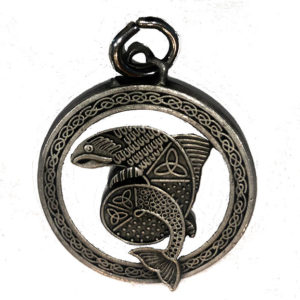Fáilte (Welcome) › Forums › General Discussion (Irish and English) › Translation help – Early Modern Irish › 36801
You say you don’t find the [url=http://dil.ie/]DIL[/url] useful for older Irish? How so?
You mention [url=http://www.focloir.ie/]focloir.ie[/url]: de Bhaldraithe’s and Ó Dónaill’s dictionaries are also available at [url=http://breis.focloir.ie/ga/]breis.focloir.ie[/url].
Dinneen’s Foclóır Gaeḋılge agus Béarla is also online, albeit somewhat less than reliably, at [url=http://glg.csisdmz.ul.ie/]glg.csisdmz.ul.ie[/url].
For things related to reading old manuscripts, especially abbrevations, there’s [url=http://vanhamel.nl/wiki/About:Tionscadal_na_Nod]Tionscadal na Nod[/url].
As for ⟨uo⟩, pretty much [url=http://edil.qub.ac.uk/dictionary/results-new.php?srch=uo&dictionary_choice=edil_2012]all the examples of it in the DIL[/url] are instances of it representing copular ba, -ba, i.e., ⟨uo⟩ = *bo, the letter ⟨u⟩ representing both lenited (originally, as historically in English, now replaced by ⟨v⟩) and unlenited b—by analogy, I reckon, with the letter ⟨b⟩ itself having been used to represent both the lenited and unlenited consonant.
